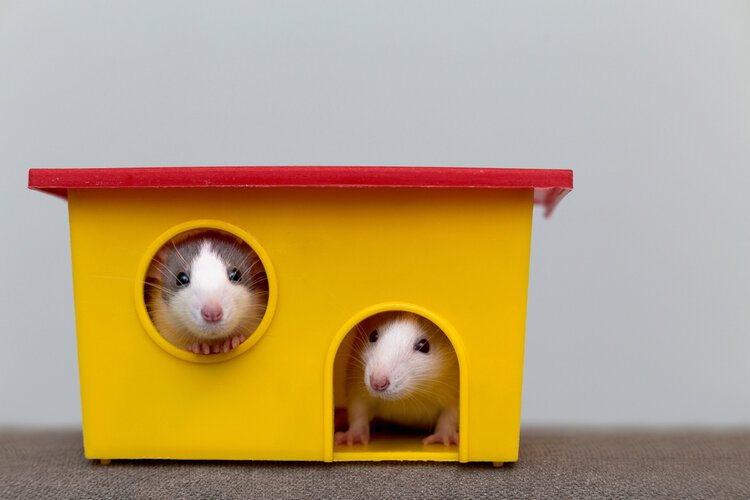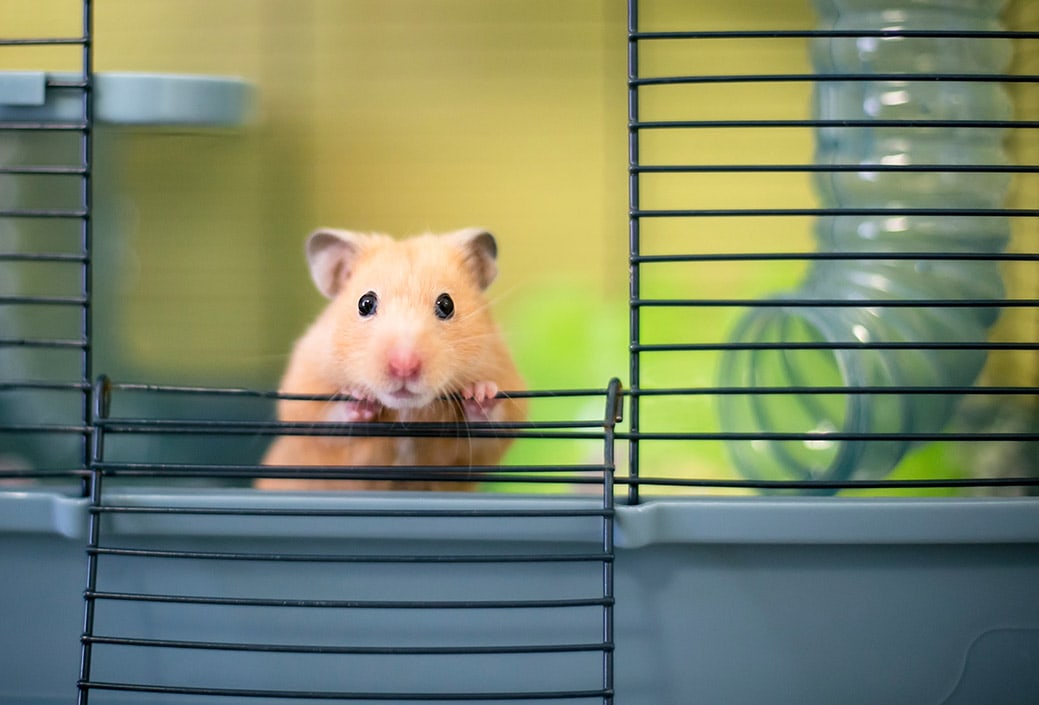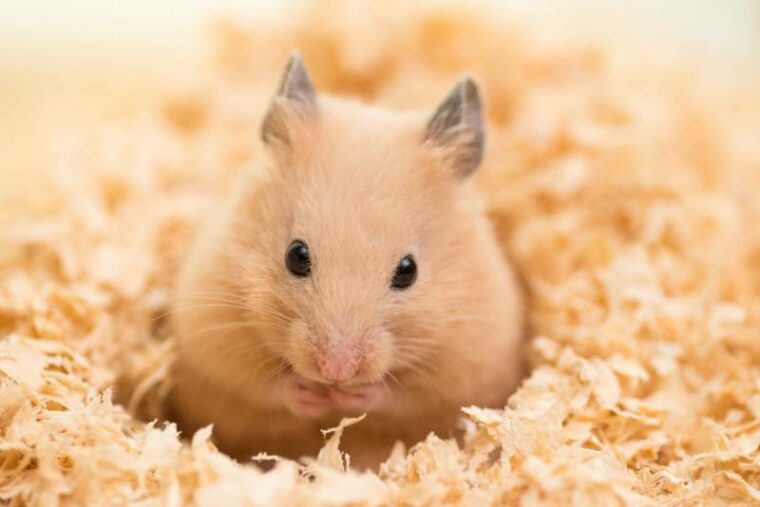
Hamsters need plenty of exercise just like any other pet. At the very minimum, they should have a hamster wheel to run around on, but hamster wheels may not provide them with all of the exercise and mental stimulation they need. You can also engage your little furry friend with these fun and adventurous DIY hamster mazes. From simple to complex, compact to expansive, we have got a plan for every pet owner. Let’s dive in!
The 6 DIY Hamster Mazes You Can Make at Home
1. Basic Cardboard Maze by wikihow
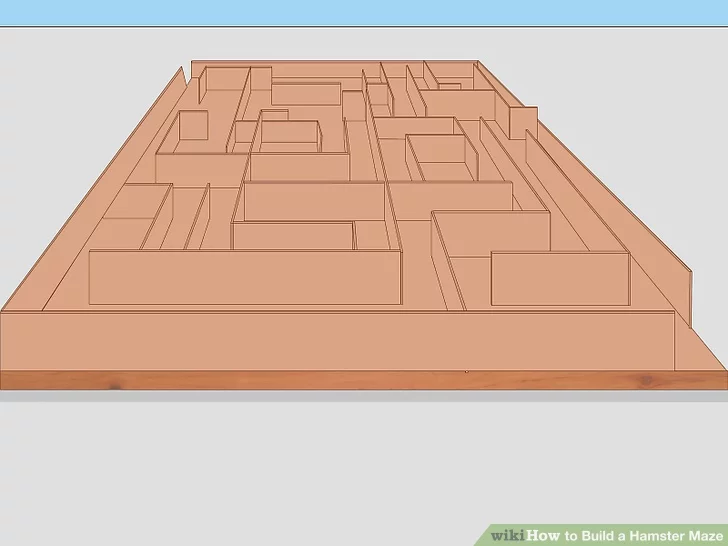
| Materials:/td> | Cardboard or plywood, non-toxic wood glue, ruler, pencil |
| Tools:/td> | Scissors, a box cutter, or saw |
| Difficulty Level:/td> | Easy |
The Basic Cardboard Maze is a simple and economical way to entertain your pet hamster. The use of cardboard makes the maze lightweight, easy to modify, and replaceable, while the wooden base provides stability and durability. The construction process is simple and straightforward, making it an ideal project for beginners. This DIY project not only provides an engaging play area for your hamster but also encourages their natural instincts to explore and navigate through tunnels. The result is a fun-filled activity that stimulates both your hamster’s mind and body.
2. Multi-Level Cardboard Maze in Plastic Bin by instructables
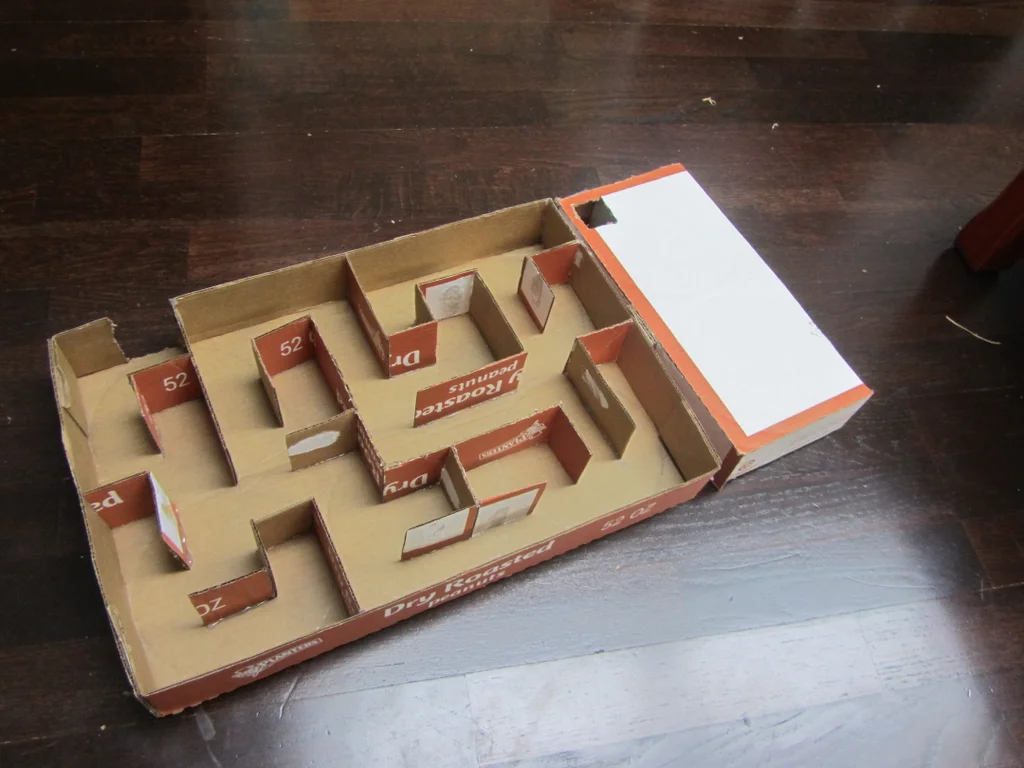
| Materials:/td> | Cardboard, graph paper, pencil |
| Tools:/td> | Scissors, hot glue gun, cutting knife, diagonal cutting plier |
| Difficulty Level:/td> | Moderate |
The Multi-Level Cardboard Maze in a plastic bin adds an extra layer of complexity to the traditional hamster maze. The multi-level design challenges your hamster’s navigation skills and encourages more physical activity. The plywood and wooden dowels provide a sturdy structure for the maze, while the plastic bin contains the maze and makes cleaning easier. Although this project requires a bit more effort and skill to construct, it is sure to provide endless fun and stimulation for your furry friend.
3. PVC Pipe Maze by pins and procrastination
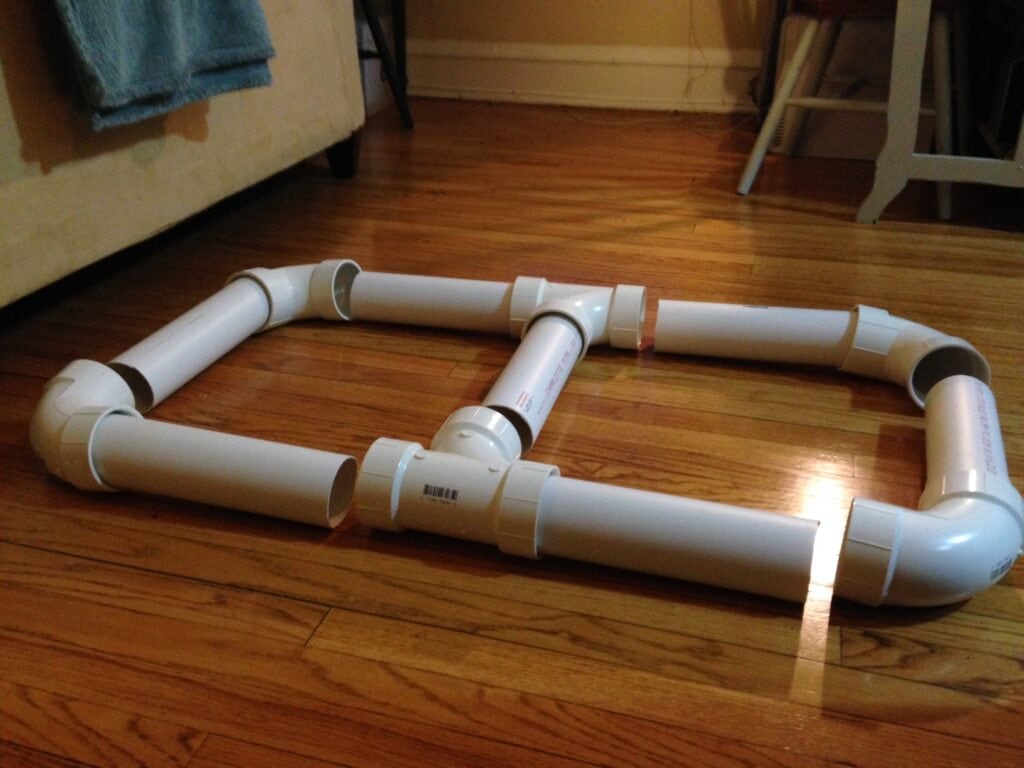
| Materials:/td> | PVC or polyethylene pipes, PVC connectors |
| Tools:/td> | PVC cutter, hacksaw, sander |
| Difficulty Level:/td> | Easy |
Although originally created for a hedgehog, the PVC Pipe Maze is a durable and easy-to-clean option for a hamster maze. The smooth interior of the pipes mimics the burrows hamsters naturally navigate in the wild, providing them with a comforting and familiar play environment. The modularity of the PVC pipes and connectors allows for endless customization and expansion. This project is fairly simple to construct but provides a challenging and fun activity for your hamster. You can also use polyethylene pipes instead of PVC if you prefer.
4. Box Maze by instructables
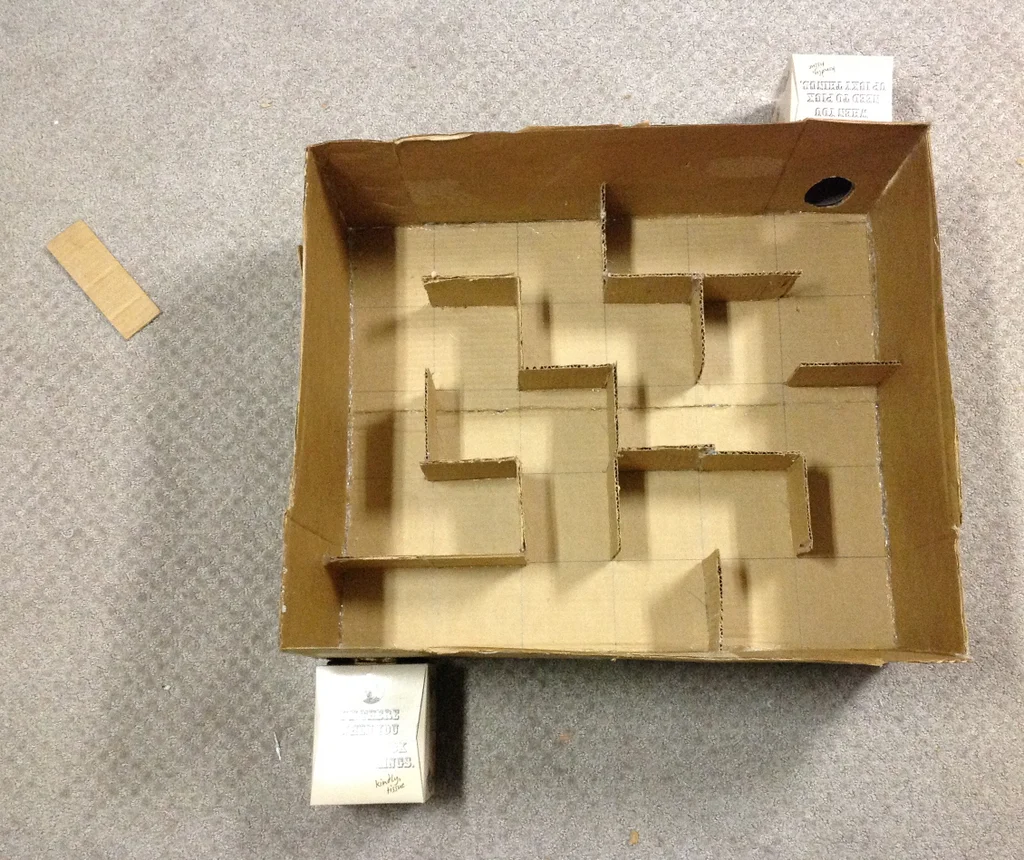
| Materials:/td> | Various sized boxes, double-sided tape or Velcro stickers, |
| Tools:/td> | Scissors, X-Acto knife, hot glue gun, ruler |
| Difficulty Level:/td> | Easy |
The Box Maze is another cost-effective and eco-friendly option for a hamster maze. By repurposing empty boxes, you can create a fun and complex maze that stimulates your hamster’s problem-solving skills. The boxes can be arranged and rearranged in various configurations to keep the maze fresh and exciting. This project requires minimal materials and tools, making it an easy and quick DIY project that offers hours of entertainment for your hamster.
5. Hamster Maze with Tunnels by wiki how
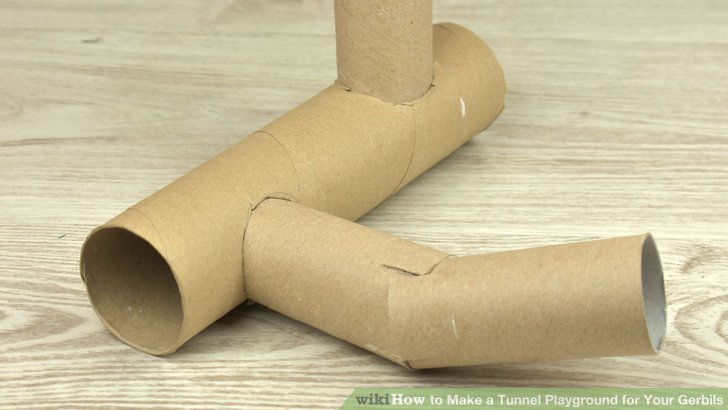
| Materials:/td> | Cardboard tubes or toilet paper rolls, non-toxic glue |
| Tools:/td> | Scissors |
| Difficulty Level:/td> | Easy |
The Hamster Maze with Tunnels is a fantastic project for hamsters that love to burrow. The cardboard tubes mimic the narrow passages that hamsters would navigate in the wild, providing them with a fun and familiar environment. This project is relatively simple to construct but offers an exciting challenge for your pet.
6. Magnetic Balls Hamster Maze by youtube
| Materials:/td> | Magnetic balls |
| Tools:/td> | Your hands! |
| Difficulty Level:/td> | Easy-Moderate |
This hamster maze made out of magnetic balls is a fun and colorful option that allows for endless creativity and customization. It can be expensive unless you already have magnetic balls on hand, but flexibility means you can constantly redesign and expand the maze, presenting new challenges for your hamster. It’s an engaging project that combines pet care with creative play. While this project may require more time, patience, and money to construct, the end result is a unique and engaging playground that your hamster is sure to enjoy.
Tips for Keeping Your Hamster Safe During Maze Play Time
Materials to Avoid
Certain materials can be dangerous for your hamster and should be avoided when creating a maze. These include plastic, rubber bands, paperclips, staples, and toxic glue – all of which can lead to serious health problems or even death if ingested. Furthermore, avoid using items that have small parts that could easily break off into pieces. Doing so will ensure the safety of your pet during maze playtime.
Rewards
Your hamster may become bored with the maze if they are not properly motivated. To keep them interested, scattering some treats within the maze can be a great way to reward them for finding their way around. Additionally, adding toys or other objects that provide mental stimulation can also help make the process more enjoyable. This encourages your pet to explore and keeps them engaged with the activity.
Competition
If you have more than one hamster, why not make it a competition? Challenge each of your furry friends to see who can navigate through the maze quickest and offer rewards accordingly. Doing this will make for an even more exciting playtime!
Conclusion
DIY hamster mazes are a great way for your furry friend to explore and exercise. With the right materials, supervision, and follow-up care, you can ensure their safety and have fun watching them navigate their own creation. Just remember to make sure the maze is comfortable and safe for your hamster before letting them in! Happy creating!
Featured Image Credit: stock_shot, Shutterstock



